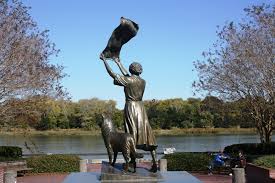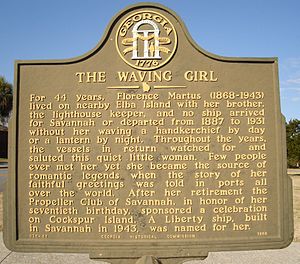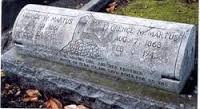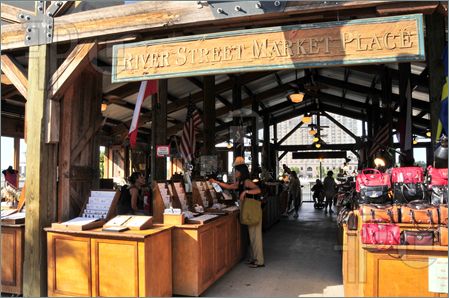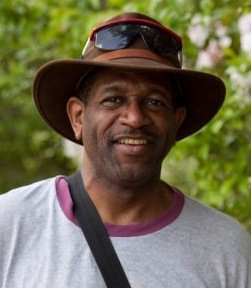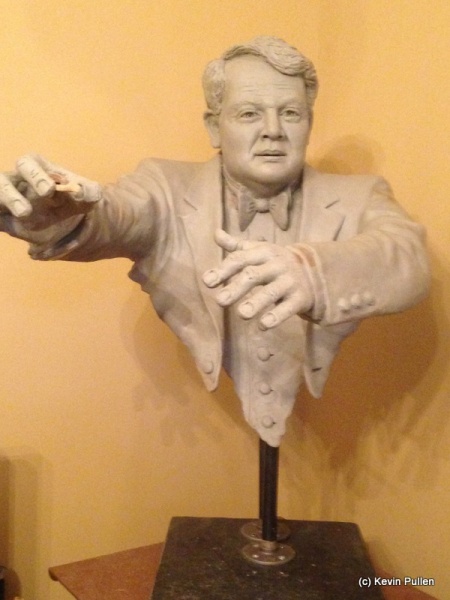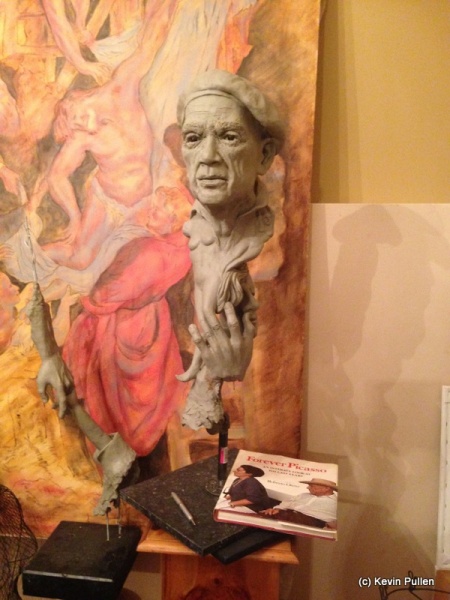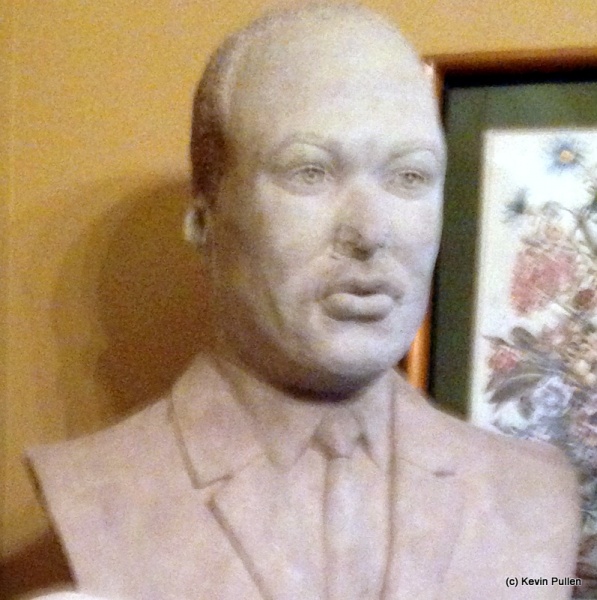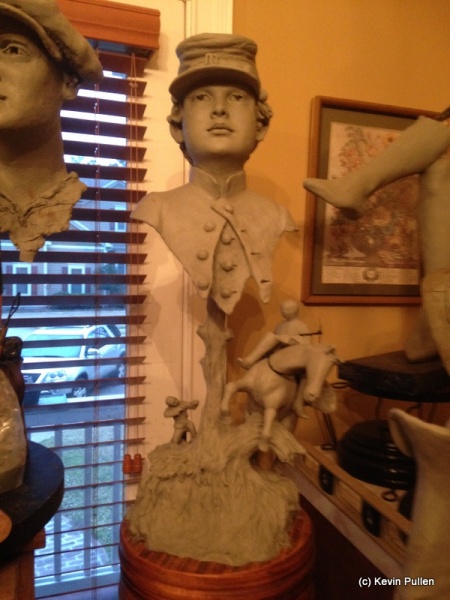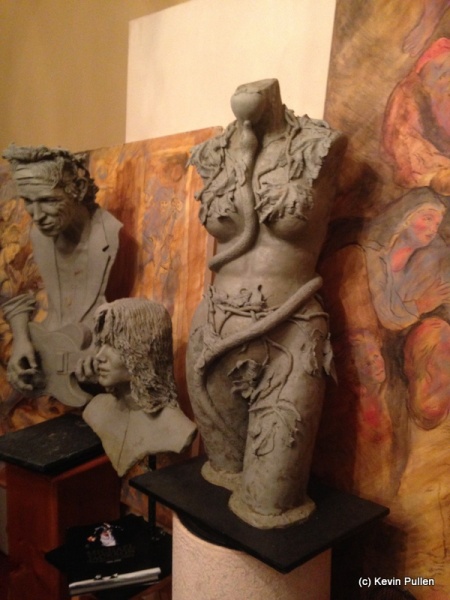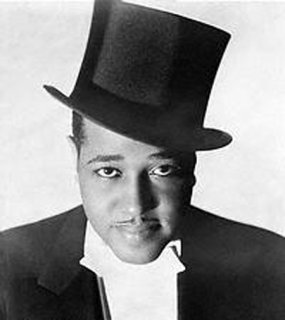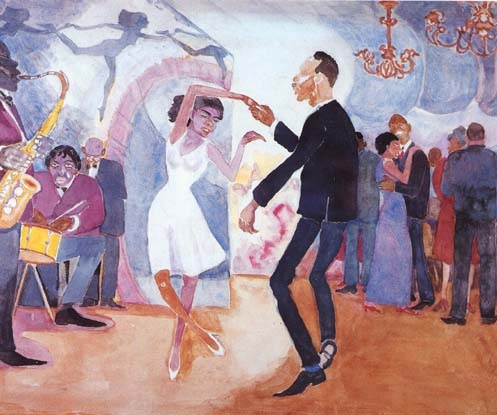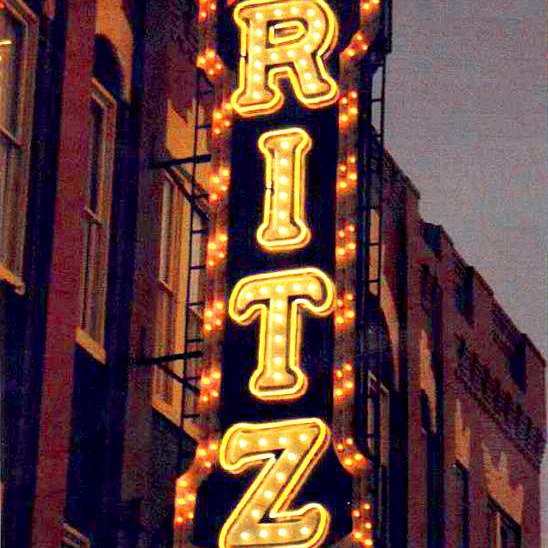I originally wrote this post last year during African American History month. Several readers have mentioned Mr. Abbott so I felt drawn to share this post again. He was such an important part of history in many ways. I’ll featuring other African American’s during February who have made a difference and have stories to tell! I hope you enjoy reading or re-reading about this fascinating man!
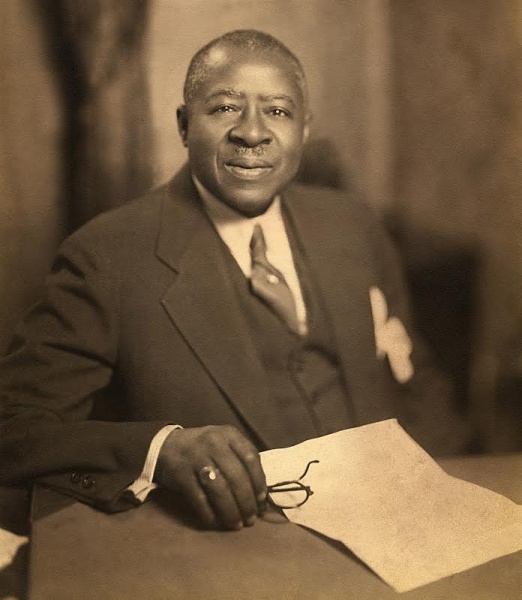
I first heard of Robert Abbott a year ago when news of the annual International Festival, held on the grounds of Coastal College, was announced. Loving festivals that bring people of different backgrounds together to share food and entertainment, my curiosity led me to learn more about this interesting man. He truly was a man ahead of his time! An active civil rights visionary, Robert was a man ahead of his time. He helped many, many African Americans find a better life.
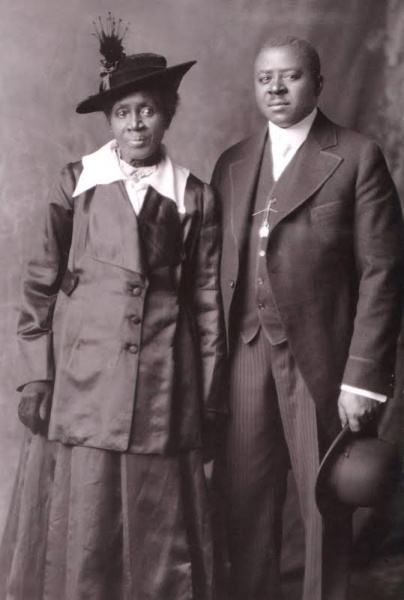
Robert Abbott and his mother, Flora
Born in 1868 here on St. Simons Island, Robert’s father died when young Abbott was only one year old. His parents both gained their freedom five years before his birth as a result of Lincoln’s Emancipation Proclamation. Both of his parents worked as slaves on the Steven’s Plantation. Robert’s father was so well thought of by the Steven’s family that they paid for his funeral and erected a headstone in his honor.
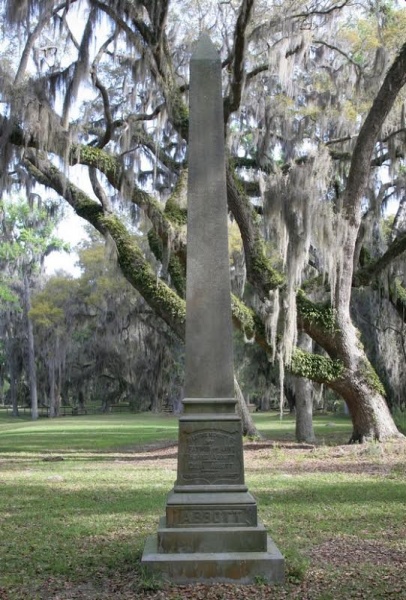
In later years, Robert replaced that headstone with a large white granite obelisk that now stands close to the visitor’s center at Fort Frederica.
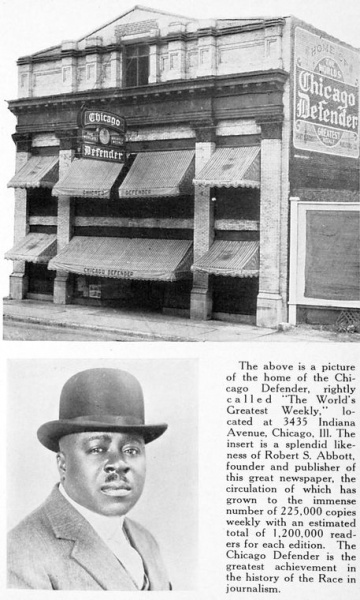
After his father’s death, Robert’s mother moved to Savannah where she married John Sengstake, a bi-racial Congregational minister and printer from Germany. From childhood, Robert became aware of the need for and importance of unity among all races. He received his law degree from Chicago’s Kent College in 1898. Unsuccessful at finding permanent employment he decided to start his own newspaper, The Chicago Defender. The first issue of The Defender appeared on the streets on May 5, 1905. Within a few years the company occupied a three story building and printed over 250,000 copies of the newspaper each week. Robert’s fierce opposition to racism brought national attention to the paper. He launched a plan to send shipments of The Defender into the south, thus spreading the word of opportunity and advancement for African Americans in the Chicago area.
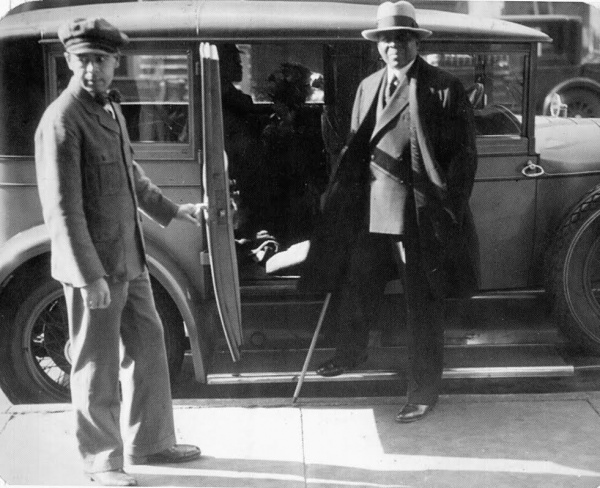
Abbott and his chauffeur
Robert Abbott became the pioneer of the Negro press as much as Hearst was for the white metropolitan press. He was instrumental in the moving of black people from the South on what were then termed “Freedom Trains”. He was a giving man who left a legacy for all African Americans. He was the second black millionaire to stake his claim after the Civil War and all of the subsequent race issues that did not easily fade in the South. This picture shows him with his chauffeur. Robert loved cars and owned several, yet he never learned to drive.
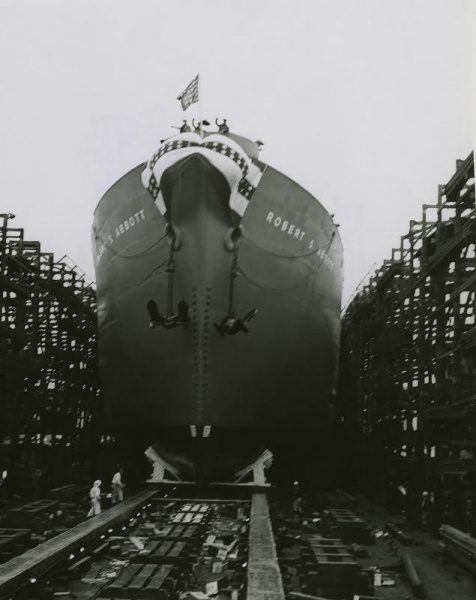
Things to note that are legacies of this great man’s work are a school that bears his name in Chicago as well as a World War II Battleship. The Bud Billikin Parade, which is the largest African American parade in the Chicago area is a major event and celebration each year in honor of this great man.
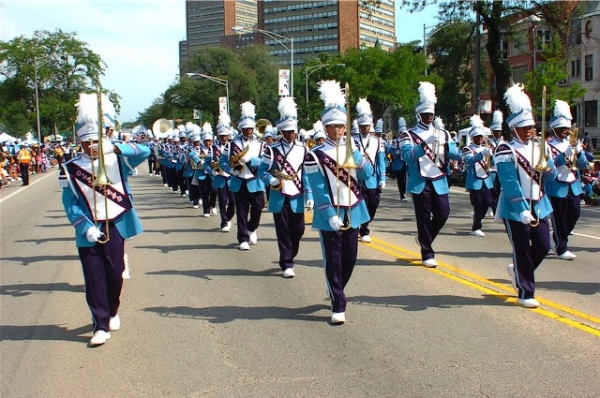
Robert Abbott was a powerful man, quiet and small of stature, but giving and inspirational to so many. His life ended in 1940 at the age of 71. His work lives on and the local International Festival that honors him will be held in April. I’ll have more information on that event for you as it draws near.
Like this:
Like Loading...
Melissa |
people |
02 9th, 2015 |
6 Comments »










